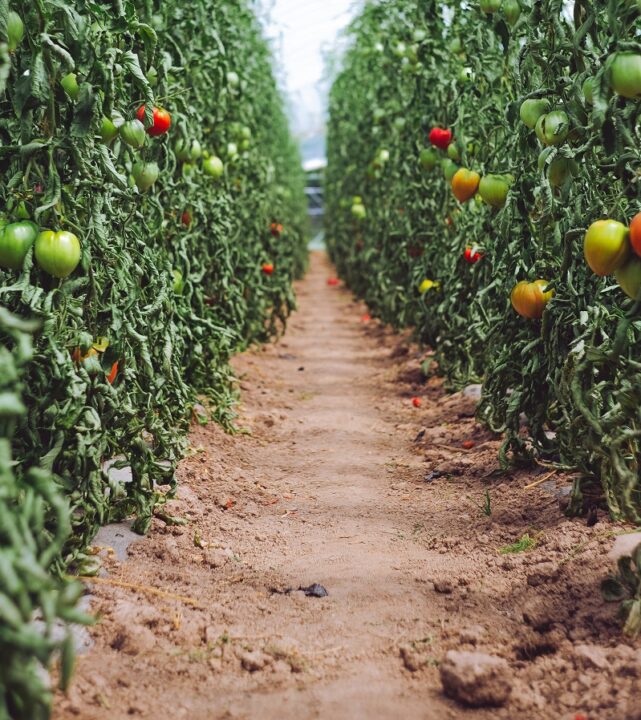Factors Affecting Fumigant Performance
In the coming post-methyl bromide era, successful fumigation programs will rely more on field preparation, application, and crop production practices than fumigant selection. It is possible to implement a successful fumigant alternative program. However, in order to achieve maximum efficacy, it will be necessary to properly prepare your fields. While methyl bromide is forgiving, any alternative may fail to provide control of soilborne pests if used in the same manner.
Actions In Between Crops
Managing soilborne pests in between cropping cycles can increase the likelihood for developing a sustainable methyl bromide alternative program. Termination of the crop using drip-applied fumigants can be beneficial. One benefit is crop destruction. Another is control of pests currently active in the raised bed. Additional disking can help prevent establishment of weed species. Adding herbicides such as glyphosate can often take the place of disking and be more economical. Planting of a cover crop can also help to keep weed populations low. The fallow period for a single cropping cycle is usually longer than a double or triple cropping cycle, thus allowing for options.
Soil Moisture
Soil moisture affects both shank and drip applications of fumigants. With shank applications, if the soil is too dry, then the fumigant will not be held in the bed long enough to control soilborne pests. In drip applications, applying in dry soil will also lead to a narrow width of control since the water containing the fumigant will move vertically, limiting lateral movement. If the soil is too wet when fumigants are shank applied, the fumigant will not move in the bed while in its gaseous phase. This will result in poor pest control but may also increase the plant-back window for the desired crop. Too much soil moisture for drip applications will cause the water containing the fumigant to move deep in the soil where it will provide little control of the pests in the top 4 inches of the bed. Fumigants containing 1,3-dicloropropylene (an active ingredient in several products including Telone II, Telone C-35, and PicClor 60) can have a long plant-back if the soil remains wet after application. Manage your fields based on soil type and tendencies for being wet to maximize pest control while reducing crop injury.
Soil Compaction
Compaction and soil moisture are related. You cannot increase your compaction with too little or too much water in the bed. Compaction issues can be seen across the width of the bed. Fumigants move through the path of least resistance when in their gaseous phases. If the edges of the bed are loose, the majority of fumigants will use the air channels on the outside portion of the bed to escape. Make sure you have a tight, firm bed along the length of the rows and the width of the bed. Experimentation should be done with your rig to determine the best way to create consistent bed firmness.
Weather Conditions
If you anticipate freezing weather, do not fumigate. A general rule is to have the soil at least 50°F for two weeks after application to ensure proper pest control and gassing off. Not adhering to this can result in poor control and increase the possibility of crop injury. Fumigant retention times are greater in the spring than the summer. Adjust plant-back schedules to suit. Also, use a highly retentive film such as a metalized or VIF in the summer to maximize efficacy.
Equipment Adjustment
With many different fumigant application rates for the possible methyl bromide alternative systems, changes to your fumigant application rig will be necessary. Consult your fumigant supplier to ensure your rig is applying the product effectively. Some lines may need to be changed, lengthened, or shortened to ensure proper application. Calibration of the rig is the most important part of fumigant application. Do not skip this step prior to taking the rig to the field.
Fumigant Selection
The most important factor in fumigant selection is identifying the fumigant to suit your needs. Select the fumigants for the pests you have, the capabilities of your rig, the production system you use, the number and type of crops you will grow, the season of fumigation, the amount of moisture in the field, etc. No one fumigant will be the answer. Do not cut back on the number or rates of fumigants without testing this approach for several years in the same location. Following methyl bromide, most fumigant systems will look good. Test small areas of the farm with reduced systems for several years before adopting them throughout the farm. By taking all of these factors into consideration, finding a suitable methyl bromide alternative program is possible.









